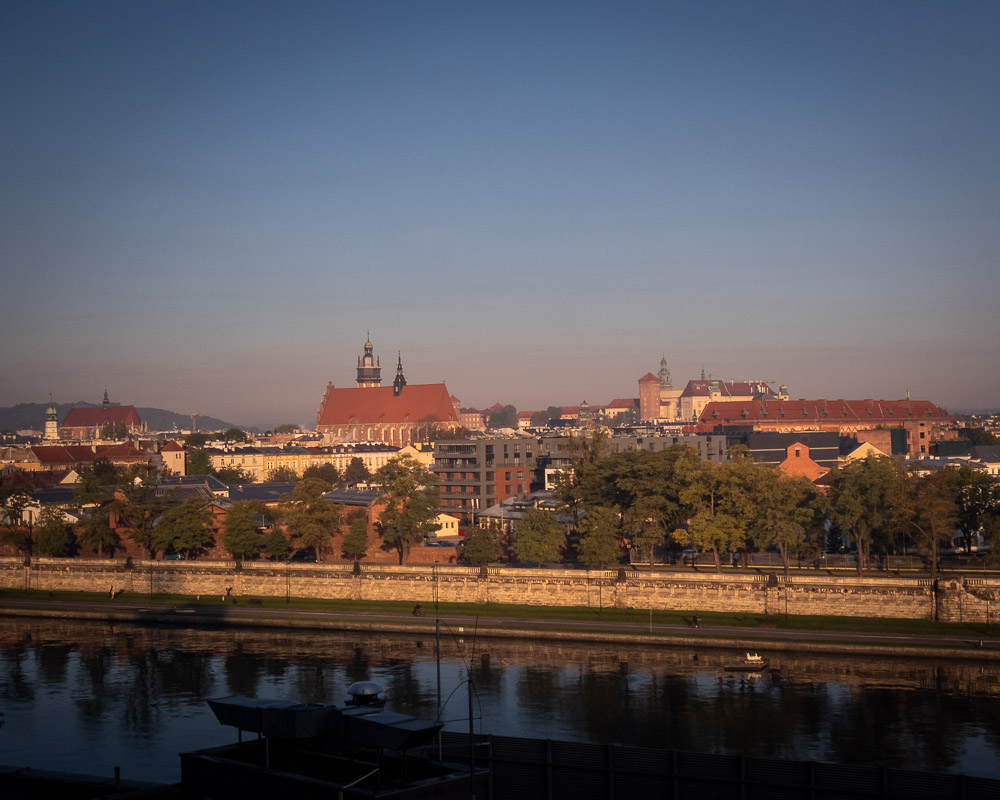W
e wake not as early as we had hoped. We did not partake in the hotel offering of breakfast, which means that we need to get out into the city to find our breakfast. Our goal, last night, was to walk over to the tram station (Kraków does not have an underground) that is 7 minutes walk from the hotel. From there, we will make our way into the city for breakfast at "Big Hat of Coffee" and on the tram into the city. According to my (reliable) app with public transport, we should hop on the 3 and will make it within a few meters of the coffee shop. So are our plans. We enthusiastically head out to the tram stop to purchase our tickets - the acrid smell of burning coal strong in the air. And it is at that point, we have a problem - the first of many.
